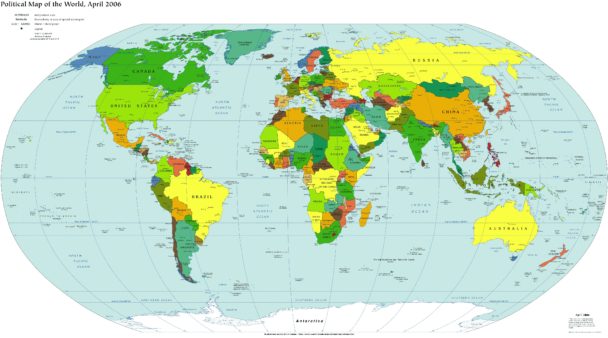
The World Map is a three-dimensional depiction of Earth on a two-dimensional plane. The creation of the world map has been the result of our quest to seek more knowledge about our Earth. This is made using different types of map projections (methods) like Mercator, Transverse Mercator, Robinson, Lambert Azimuthal Equal Area, Miller Cylindrical, to name a few. To access, click on the markers in the world map.A world map can be defined as a representation of Earth, as a whole or in parts, usually on a flat surface. More ‘Dig Deeper’ links may be found in the regional maps. In South America, this is the period when the famous Nazca lines are being laid out.įor details of the different civilizations, click on the relevant timeline above. Several urban civilizations are emerging in central America, including the Mayan civilization. In the Pacific, the Polynesians have now settled even further afield, in Tahiti and the Society Island. In Africa, the Iron Age Bantu peoples are moving southward through the Congo basin. They will soon play a major role in Indian history. In central Asia, one group of nomads, the Yuehzi, have been driven from their homelands on the eastern steppes by the Huns, and have moved westward, establishing a new homeland east of the Caspian Sea. They are expanding westward, replacing the Scythians as the dominant people to the north of the Black Sea. On the western steppes, the Sarmatians, an Iranian people, are now rising in power. He will soon take the title “Augustus”, and rule as the first of the Roman emperors. This victory makes Octavian the sole master of the Roman world and brings to a close the civil wars. However, the young politician, Octavian, has just defeated his rivals, Antony and Cleopatra, at the battle of Actium. The power of Rome has grown to take in the entire Mediterranean region, a process accompanied by brutal wars of conquest, and by bitter civil wars and fierce political in-fighting. There has been no such tranquility further west. The growing Indian Ocean trade is bringing southern India into the mainstream of Indian history as the civilization which emerged centuries before amongst the Aryans of northern India is now reaching down into the south. This in turn links up with routes to China. This links to the sea routes connecting India to South East Asia. By now, the Monsoon-driven Indian Ocean trade between Arabia and the west on the one hand, and the Indian sub-continent on the other, is well established. Another trade route between east and west has opened up across the Indian Ocean. This period of world history is indeed a time of commercial expansion over a large part of the Eastern Hemisphere.

These give a large measure of peace to large regions of the world, and with peace comes economic growth. The commerce between east and west is further fostered by the fact that two large states lie between the Roman and Chinese empires, those of the Parthians, who rule much of the Middle East, and the Scythians, who rule a huge territory stretching from central Asia into northern India.

This has allowed the Silk Road – the historical highway between east and west – to emerge as a major trade route.

The Hun confederacy has been defeated by the Han, and vast territories have come under Chinese rule. For the Chinese, it has been a time of prosperity and expansion. The Han dynasty has given almost two centuries of peace and stability to China – one of the more enduring periods of peace in global history for a significant portion of the world’s population. This is an era of the ancient world when all the major centers of civilization see huge empires at various stages of development. World history in 30 BCE - an age of empire


 0 kommentar(er)
0 kommentar(er)
